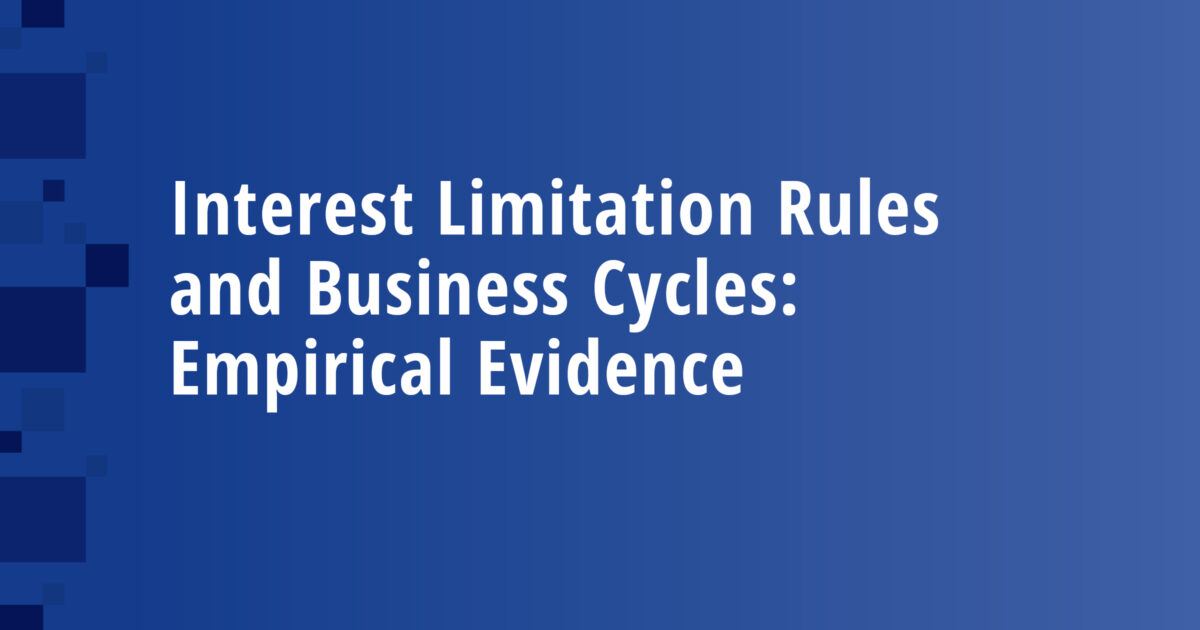
This paper studies the performance of interest limitation rules during business cycles. It employs register data on Finnish affiliates of multinational enterprises (MNEs) to study both thin-capitalization rules (TCRs) and earnings-stripping rules (ESRs). Both types of rules are found to become tighter in economic downturns: TCRs due to higher debt-to-equity ratios and ESRs due to lower company profits. Among equally tight interest limitation rules, TCRs are found to provide less variation and less pro-cyclical outcomes by increasing the company tax burden less than ESRs in an economic downturn. While ESRs increase the tax burden of Finnish companies by 17.5%-19.3% following the 2008 global financial crisis, for TCRs the increase is less than 10%. Among the ESRs, we find that an EBIT rule induces tighter tax treatment in economic downturns than an EBITDA rule. However, the differences between ESRs remain very small.
Arkadiagatan 23 B
00100 HELSINGFORS
+358 (09) 609900